Thai chanterelles, specifically Cantharellus minor, live in symbiosis with Gurjun trees (Dipterocarpus tuberculatus) in semi-deciduous Southeast-Asian forests. These trees are easily identified due to their double-winged (di-ptero) fruits with big seeds. Besides Cantharellus minor, other species of chanterelle mushrooms are native to Southeast-Asian forests. They are fragrant and tasty and differ mainly in size and shape.
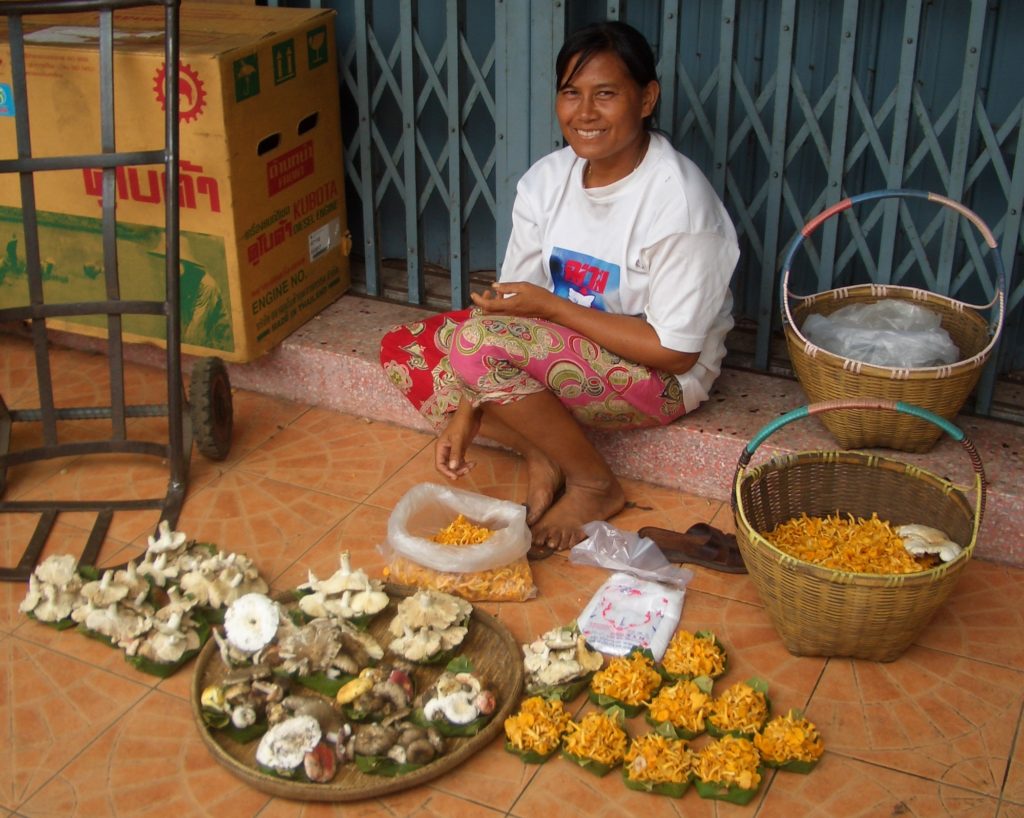

Where to find and get chanterelles in Thailand
Areas under Dipterocarpus trees are often burned for agricultural purposes in northern Thailand, and the mushroom mycelium normally survives the fires, as the heat is not intense enough to kill it off. As long as the mycelium is not being plowed up, it will stay alive despite slash-and-burn techniques.
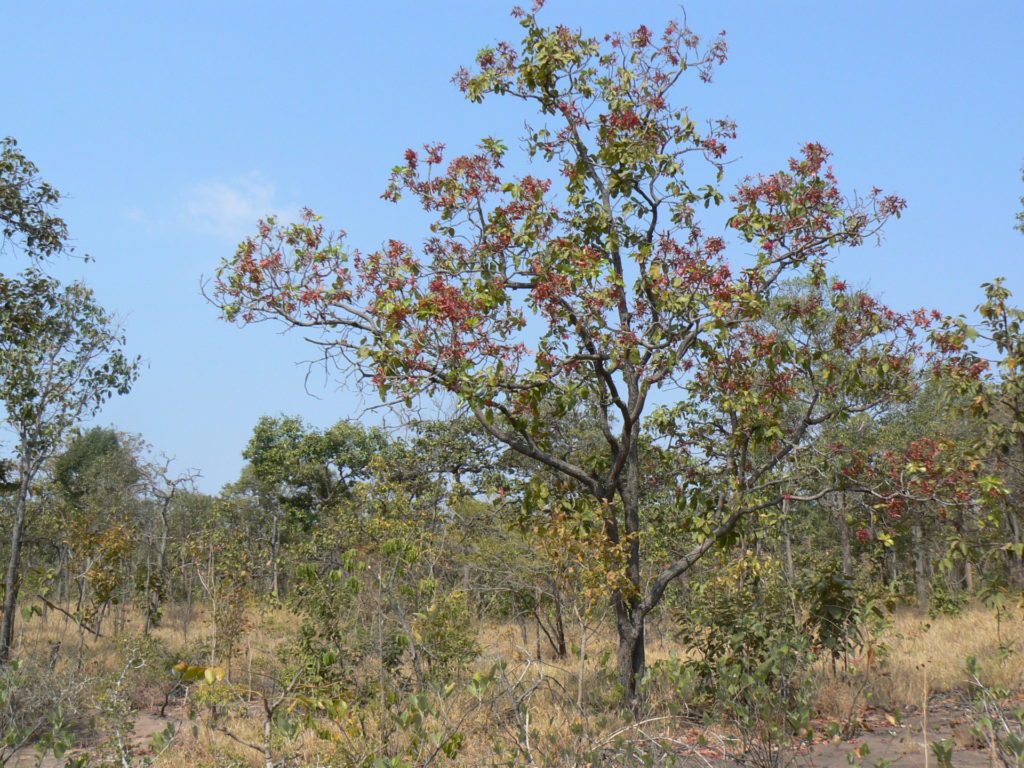

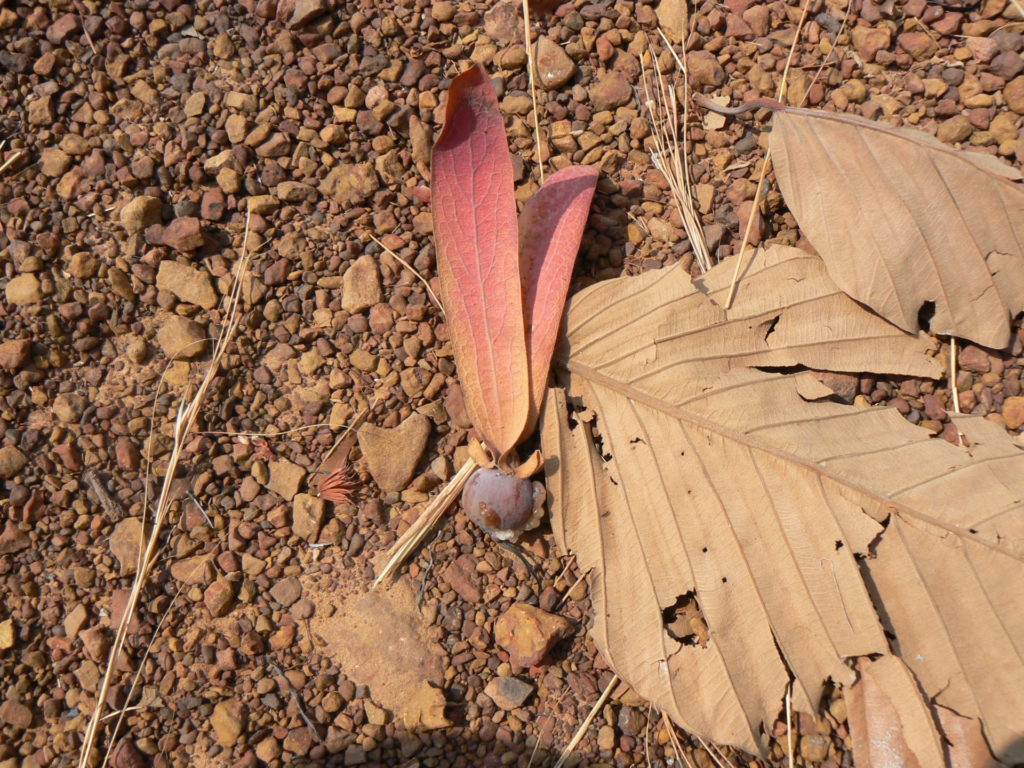
The Thai people call chanterelles ‘Hed Kamin’, which means ‘turmeric mushroom’, due to their yellow color reminding of turmeric roots. This unique color in a mushroom makes it easy to keep chanterelle mushrooms apart from inedible or poisonous ones. They are often sold on wet markets in Thailand by forest product dealers. Still, also tribal people collect them in the forests, drive on motorcycles to regional towns, and sell chanterelles and other edible mushrooms directly somewhere on shaded walkways.
Commercial value of chanterelles
In 2021, Thailand exported chanterelles worth about 450k USD and imported them for 30k USD. These figures show that chanterelles have no real commercial importance for the country but are mainly consumed on the local market and by connoisseurs.
Properties of chanterelles
Chanterelles are one of the richest sources of vitamin D, but they are also high in copper, potassium, and vitamin C. Their calorific value is only about 32 kcal/100g. Chanterelles have potent insecticidal properties, which are harmless to humans but protect the mushrooms against insects and other potentially harmful organisms.
They taste best (in my opinion) by just frying them with onion, garlic, and thyme until most of the water is gone, thickening it into a sauce, and eating them with plain rice.
Lessons learned about chanterelles in Thailand:
- Chanterelles like to grow under big rainforest trees, like Dipterocarpus tuberculatus
- Cantharellus minor is a smaller and slimmer version of C. cibarius and is more fragrant than the latter one
- Chanterelles are mainly available in smaller towns upcountry, located at nearby forests.
Further readings about Mushrooms on this website:
Some varieties of edible wild mushrooms in DR Congo
White truffle hunting in Istria/Croatia
.




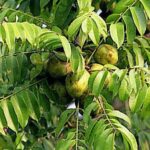
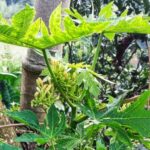
3 comments
John Kersting
I live in the Pacific Northwest of the USA and have been gathering chanterelles for decades. When I showed my Thai girlfriend, now wife pictures of my haul in Washington, she immediately became ecstatic saying her family has hunted and harvested them all her life! I thought it was something similar, it wouldn’t be the exact same species, but it is and when I showed her this site, she just about crushed me and said “We have to get a visa, I want to go hunting with you, my family will love you so much!!” I am not positive yet but I think I will show her my secret spot. We’ve only been married 3 years 555!
Kurt Hoelzl
Dipterocarpus trees are found in the Chayaphum area. And I also found Chanterelle mushrooms near Buri Ram. Maybe you try to collect them at one of these places.
The best harvesting time is in July and August after the onset of the monsoon rains in the central parts of Thailand. Which will be very similar in the North. It is not so much the temperature, but the humidity which is required by them for growing.
Fully understand your lingering for strolling into the woods and collecting mushrooms. Because it’s the same for us here in Itävalta.
Kindest,
Kurt
Kim
Thank you for this information, I wish that it grew here in Chonburi too. Yet the climate here most probably is not suitable for the Diopterocarpus tree, I have not seen this tree growing here.
What time of the year is the best season to find chanterelles in the north? During or after the cool season?
Chanterelles and other wild mushrooms are among the things that I miss in my native Finland.